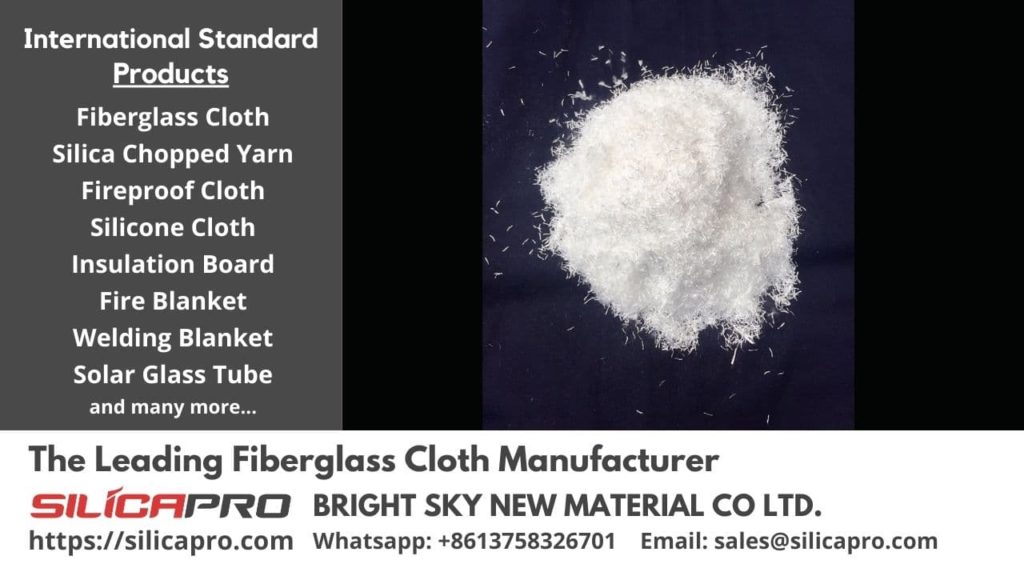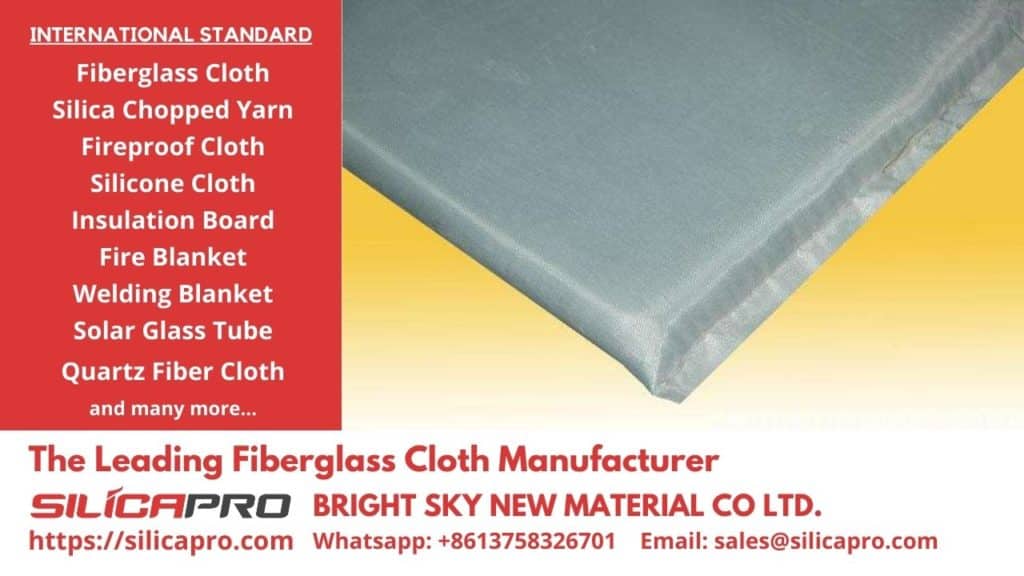
Insulation is very important to prevent heat transfer. Especially on an item or even a means of transportation, though. High-temperature insulation is a substance that protects something from very high temperatures.
These components are commonly used in manufacturing transportation equipment such as cars, planes, and others. In addition, these components are also used for electrical equipment, tools, and other equipment. As is known, very high heat temperatures can damage certain parts of an object.
Contents
Get to Know More about High-Temperature Insulation
Many industries widely use High-temperature insulation. That’s due to a process that relies on this component to protect it from damaging heat. In addition, insulation components are used to obtain optimal performance, especially from an economic point of view.
The use of insulation while in the process stage will reduce the energy required to raise the temperature. In this important process, the insulating components will protect the product, especially the parts that are close to the heat source.
Isolation Will Work Optimally in Conditions Like This
High-temperature insulation products will work optimally if the following conditions support them. First, the insulation will work if there is a low-temperature thermal conductivity. It allows heat transfer also to occur at a low rate.
The second condition is that the insulation requires conditions where there must be a surface emissivity. Surface emissivity will support the insulation performance so that it will be maximal and effective in emitting heat energy.
The third condition is that the insulation requires a higher heat capacity. That’s because the insulation takes a little longer to absorb heat. After that, the heat will be transferred so that the product is protected from high temperatures that can damage it.
Isolation User App
Some items or equipment require high-temperature insulating components to maintain the integrity from heatstroke. The use of insulation can be applied in industrial applications such as ovens, furnaces, and boilers.
While in the automotive industry and transportation manufacturers, insulation components are needed in compressors, turbines, engines and exhausts, heat exchangers, and high-pressure steam pipes. Transportation equipment such as airplanes also requires insulation to protect its components from being damaged by heat.

Type of High-Temperature Insulation Material
Various manufacturers of high-temperature insulation provide these components from several types of materials. You can choose the material that suits your needs. Or you can consult the manufacturer, what material is good to use to protect your equipment from high heat.
1. Super Wool
A characteristic of this material is a lower heat holding capacity. In addition, the thermal conductivity is also low. However, this material can withstand strong thermal shocks.
Insulation with wool material that has a super predicate can withstand heat in the temperature range of 500⁰-2.000⁰ Fahrenheit. Certainly an extraordinary ability. Components with this super wool material are commonly used in industrial equipment, household appliances, laboratory ovens, boilers, furnaces, and many more.
2. Wool Type CMS
The characteristic of this insulating material is that it is odorless. However, it is slightly more expensive than fiberglass. This material can withstand heat up to temperatures of 2192⁰ Fahrenheit. Slightly higher ability than super wool. The use of CMS-type wool in high-temperature insulation occurs in general applications.
3. Polycrystalline
This material is in the form of a fiber, which is made of the main ingredients are silicon and aluminum. Sol-gel is the manufacturing technique used to create this insulating material. This material has a high degree of strength and flexibility due to the double-needle shape of the fiber.
The high-temperature insulating material of polycrystalline can withstand heat up to 2912⁰ Fahrenheit. In addition, this material can tolerate a damaged environment. Commonly used in furnace applications, namely as coatings and ceramic clinkers.
4. Ceramics
This material is also in the form of fibers, which are included in inorganic materials. The advantage of this material is that it has an insulation level that exceeds the average. However, there is a disadvantage in that it has a low heat storage capacity.
The thermal conductivity of this material is quite low, but its thermal shock resistance is reliable. The use of this high-temperature insulating material is recommended for those that have heat above 2000⁰ Fahrenheit. That can be used in furnaces, ovens in laboratories, fire protection, and others.
5. Fiberglass Material
The advantage of this insulating material is that it has a high level of flexibility; it can also be said to be extraordinary. It has dimensional stability in temperatures ranging up to 1200⁰ Fahrenheit. Its use can be combined with a slight odor and smoke.
Fiberglass high-temperature insulation material does not corrode metal. This material is even one that is often used in everyday applications.
You can get high-temperature insulation in our company. We are a company that has the name Silicapro, providing insulation components that focus on fiberglass products. The technology we provide is a special fiber for protection from ultra-high temperatures. To get more information, you can call the number listed. Or it can be via our company email.
